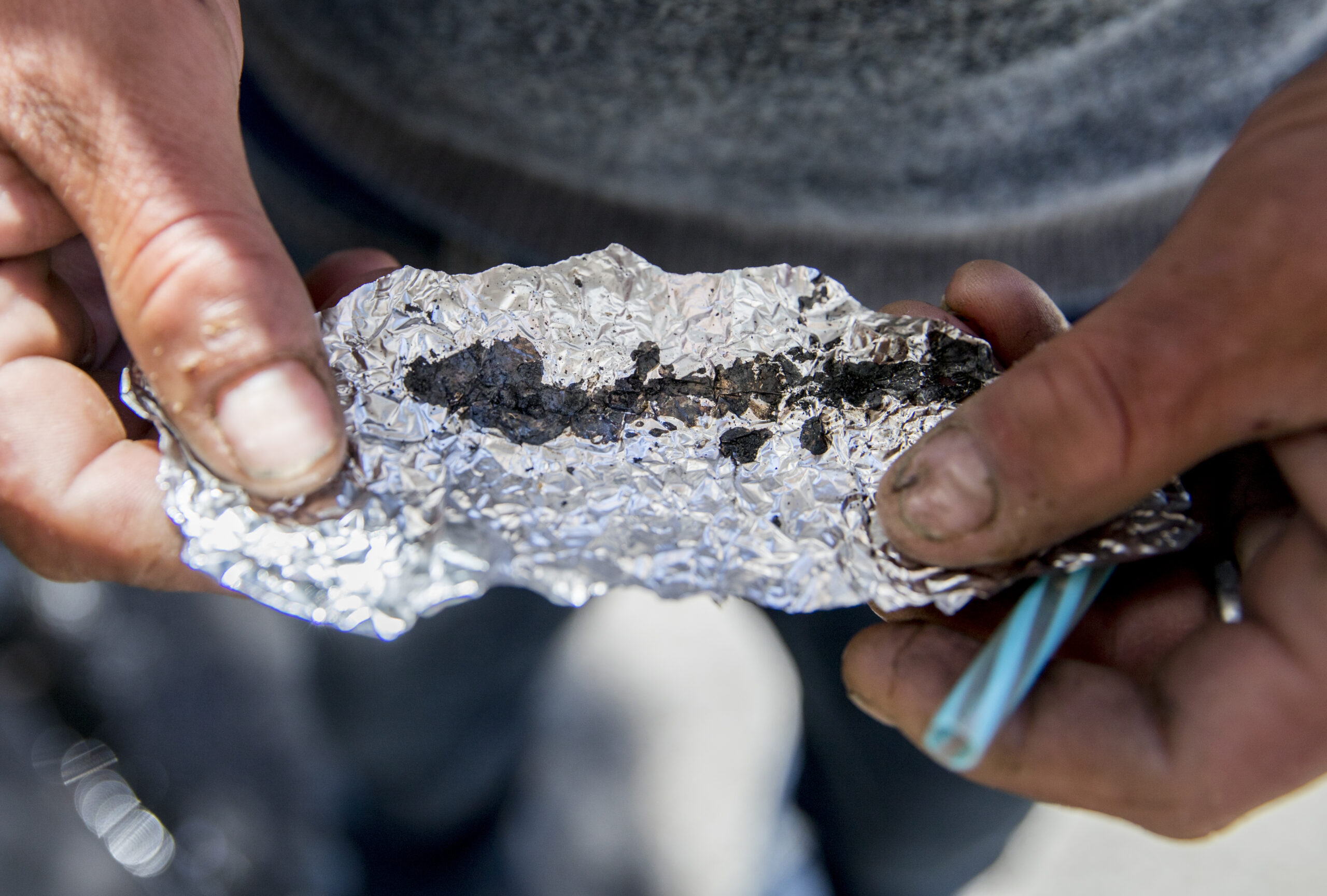Just five years ago, Santa Clara County recorded zero fatal teenage overdoses. By the end of 2020, at the height of the pandemic, the annual count of teens dying from fatal accidental overdoses stood at 20.
The shocking rise in teen ODs forced the county into action, with an ad campaign plastered across the city, an emergency declaration and, most recently, funding to provide naloxone, the opioid overdose antidote drug commonly known as Narcan, along with training on its use to schools (notably, San Jose Unified School District has yet to sign up for the program).
New overdose data obtained by The Standard from county coroners and medical examiners suggests the efforts may have helped: Though 2022 still recorded eight fatal youth overdoses—2% of the county’s total ODs—the number is a fraction of what it was in 2020.
Despite the apparent progress in battling teen OD fatalities, Santa Clara County overdose deaths overall continue to rise, with a record 373 recorded last year. Those overdoses included fatalities from non-opiate substances like alcohol and cocaine.
Fatal opioid overdoses—which count deaths from drugs like fentanyl, codeine, morphine and hydrocodone—in Santa Clara County more than doubled between 2019 and 2022, when accidental opioid-related fatalities reached a high of 167.
“Those numbers are lives—and those lives lost are what is driving our work on this,” said Otto Lee, a county supervisor who spearheaded numerous bills to combat fentanyl. The issue is personal to Lee, who lost a 29-year-old cousin to an overdose.
Unlike its neighboring counties, Santa Clara was one of the few where fentanyl was not linked to the majority of all overdose deaths in 2022. However, of the opioid-related overdoses in the county last year, roughly 82% were linked to fentanyl.
The deadly synthetic opioid spread rapidly throughout the South Bay drug supply in recent years, and between 2019 and 2022, fentanyl-linked overdoses increased fivefold in Santa Clara County.
“We had to start talking about [the overdose crisis]. It was so in our faces, and we were that frontline,” said Reb Close, an emergency medicine physician based in Monterey and an associate at California Bridge (CA Bridge), which works with hospitals to establish low-barrier addiction treatment in emergency rooms.
“As much as many would try to pretend like [opioid use] was somewhere else—NIMBY kind of business—those of us that are in the rooms with the patient, trying to revive people from overdoses, we were seeing it,” Close added.
Who’s Dying From Overdoses in Santa Clara
The overwhelming majority of fatal overdoses occurred among adults over 30 years old last year. Young people between 15 and 25 years accounted for 30—or 8%—of Santa Clara’s 373 overdose deaths last year.
Asian people comprise Santa Clara’s largest racial group, representing 39% of the population. But their share of fatal overdoses was significantly smaller, sitting at just 7.5% in 2022.
Other demographic groups, by comparison, represented a disproportionately high share of overdose deaths last year: Black Santa Clara residents, for example, comprised roughly 9% of all overdose deaths, despite accounting for just 2.4% of the county’s population in 2021, according to the latest Census Bureau estimates.
Delayed County Efforts
Santa Clara declared drug overdoses a public health emergency in January 2022, promising to “cut the red tape” and devote more resources to the crisis. But some experts say that the region’s health care system and some local schools were too slow to respond to the ballooning numbers of fentanyl-linked deaths.
A county health official criticized the San Jose school district’s approach to the youth overdose crisis in March, after a Bay Area News Group report revealed it was the only public school district in the county without imminent plans to participate in Santa Clara’s Narcan training program or supply teaching staff with the reversal drug.
“It’s amazing. They are the biggest and largest school district in San Jose, and they are absolutely refusing to have Narcan on campuses,” Mira Parwiz, director of the county’s Addiction Medicine and Therapy Services, told the San Jose Mercury News. “What they are waiting for is for a student to die.”
School district spokesperson Jennifer Maddox told the Mercury News in March that most of the district’s middle and high schools have campus police officers who are equipped with Narcan, and nurses have been trained to spot the signs of an opioid overdose.
Health care experts, too, say it was a slow process motivating some Santa Clara hospitals to act.
“In the South Bay and the Peninsula, there was a perception that the drug crisis was something that was happening in [San Francisco’s] Tenderloin, and that there weren’t patients in these towns using fentanyl,” said Elizabeth Keating, clinical program director for CA Bridge. “We still heard a lot of hospitals saying, ‘Oh, well, those patients don’t come here,’ or ‘We don’t see those kinds of people in the hospital.’”
San Jose Unified School District did not respond to requests for comment by publication time.
